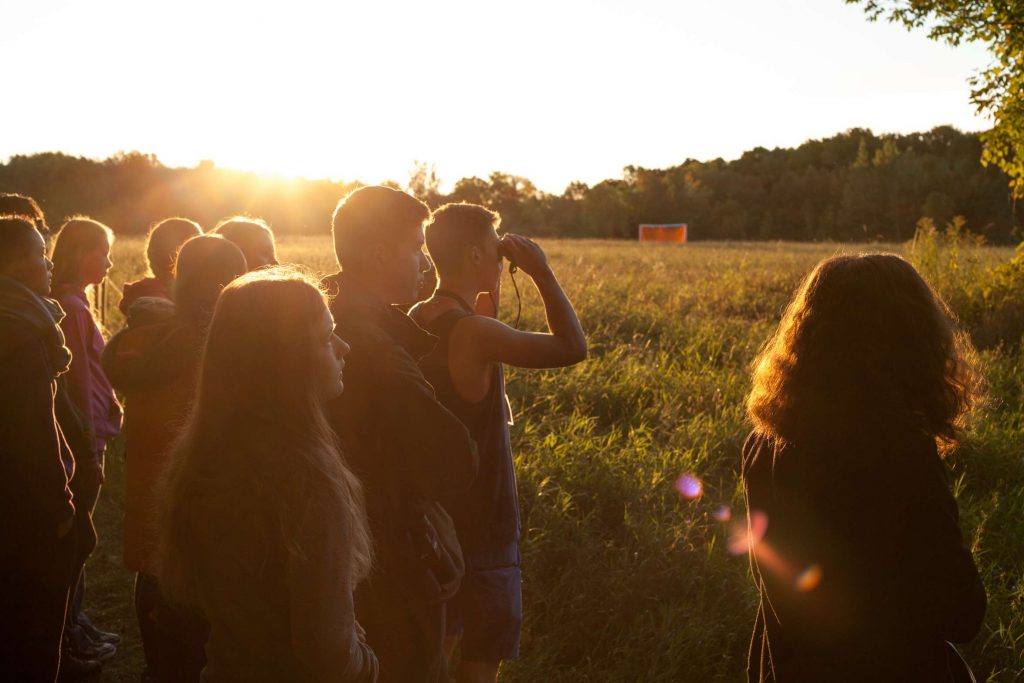Ontario Nature Blog
Receive email alerts about breaking conservation
and environmental news.
© Lora Denis
Bobolink, Oak Ridges Moraine © Noah Cole
More than 350 species of birds rely on the forests, wetlands, grasslands and farmlands of the Greenbelt during their life cycle. In the not too distant future, however, watching and listening for birds in the region will be a very different experience for the nearly 1 in 5 Ontarians who consider themselves a recreational ‘birder’.
Though habitat loss is the predominant driver of biodiversity loss in Ontario, Canada and around the world, human-induced climate change has emerged as a key and interconnected threat. As global temperatures rise, birds are facing a deadly combination of severe weather, increased frequency of fires and flooding, collapsing food webs, and heightened pressure from parasites and disease.

Even a minor shift in the seasonal timing of insect emergence due to climate change, could result in mismatched seasonal cycles of birds and their insect prey that could be disastrous for species with no alternative food source.
Long distance migrants may be particularly hard hit due to storms and alterations in habitat and food sources along their migration routes, changes expected to result in longer, more perilous journeys and increased exposure to predation and starvation.

Proposed 413 Route, Old School Road with farm and escarpment view © Noah Cole